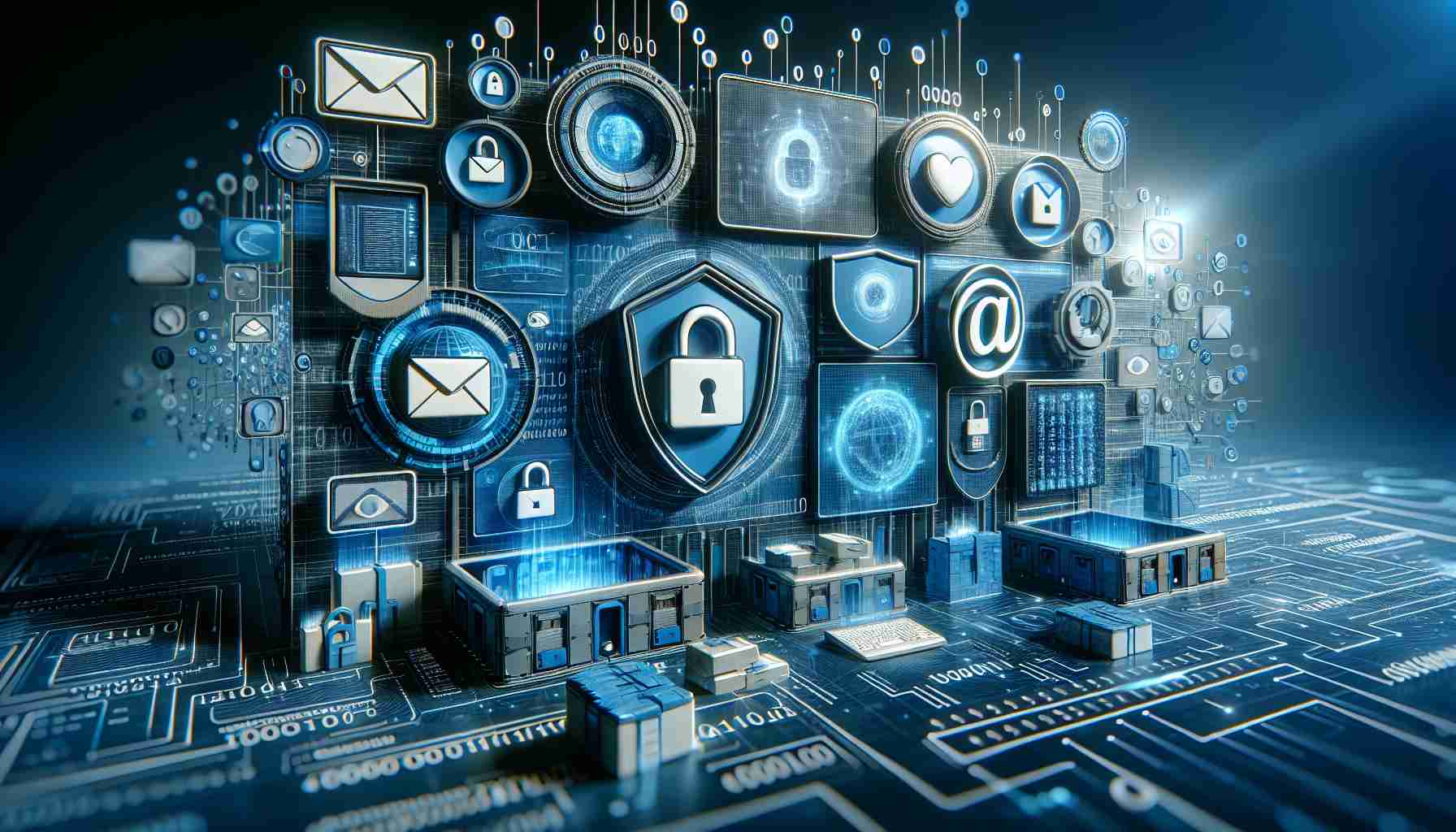Security analysts recently identified a critical security flaw, CVE-2024-38021, impacting a wide range of Microsoft Outlook software versions. This particular vulnerability allowed for remote code execution without the need for any user authentication, distinguishing it from a previously identified issue, CVE-2024-30103, which demanded authentication via an NTLM token.
If exploited, the vulnerability could pave the way for detrimental consequences such as data breaches and unauthorized access. Notably, Microsoft categorized this vulnerability as “Important,” emphasizing the differentiation in risk levels between trusted and untrusted email sources.
Morphisec, the firm that first flagged the flaw and shared details in a recent advisory, has advocated for an elevated risk classification from Microsoft. Describing the vulnerability as “Critical” would underscore the pressing need for robust mitigation strategies.
Despite the complexity of this remote code execution flaw, mitigating actions are essential. Timely application of the latest Microsoft patches across all Outlook and Office software is paramount. Moreover, bolstering email security protocols by disabling automatic email previews and raising awareness among users about the hazards of opening emails from unrecognized sources are equally crucial.
For a comprehensive defense approach, Morphisec recommends integrating Endpoint Detection and Response (EDR) solutions alongside Automated Moving Target Defense (AMTD) mechanisms. This layered approach fortifies endpoint resilience against both known and emerging cyber threats, enhancing overall security posture in the digital landscape.
In the realm of enhancing email security in the digital age, there are several critical questions that arise:
1. What are the key challenges associated with email security in today’s digital landscape?
Email security faces numerous challenges, including sophisticated phishing attacks, ransomware threats, and vulnerabilities in email protocols that malicious actors exploit to gain unauthorized access to sensitive information.
2. What are the advantages of incorporating multi-factor authentication (MFA) in email security protocols?
Integrating MFA adds an extra layer of security by requiring users to verify their identity through multiple verification methods, such as passwords, biometrics, or security tokens, reducing the risk of unauthorized access even if credentials are compromised.
3. What are the disadvantages of relying solely on email filtering technologies for security?
While email filtering technologies are effective at blocking spam and known threats, they may still allow sophisticated phishing emails disguised as legitimate messages to slip through, posing a significant risk to organizations.
One key controversy surrounding email security is the debate over privacy versus security:
Some argue that implementing stringent email security measures may infringe on user privacy by monitoring and analyzing email content for potential threats, while others contend that robust security is essential to safeguard sensitive information from cyber threats.
When considering the advantages and disadvantages of enhancing email security in the digital age, it becomes evident that proactive measures are crucial for safeguarding sensitive data and preventing unauthorized access. While technologies like EDR and AMTD provide advanced defense mechanisms, organizations must also prioritize user awareness and education to combat social engineering tactics used in email attacks.
Suggested related links to the main domain for further exploration:
Cybersecurity and Infrastructure Security Agency
ZDNet


















